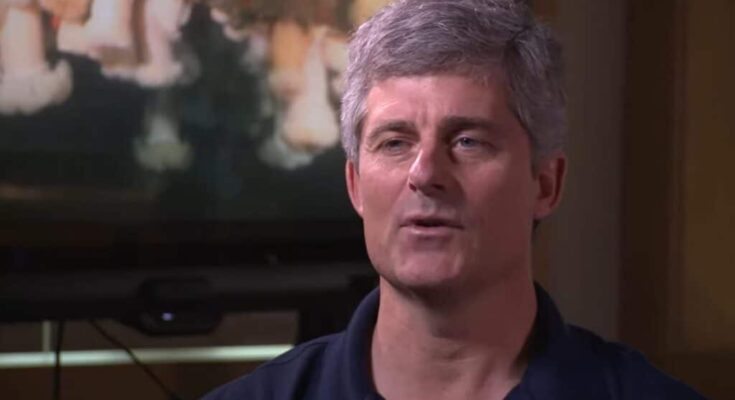
According to testimony, OceanGate CEO Stockton Rush knew the Titan submersible project would end in tragedy.
In his testimony before the US Coast Guard on Tuesday, Karl Stanley, CEO of the Roatán Institute of Deepsea Exploration and longtime friend of Rush, said there was only one way the project would end, and Rush knew it.
“He knew that eventually it was going to end like this, and he wasn’t going to be held accountable,” said Stanley.
The testimony came as a part of the Marine Board of Investigation’s dive into the catastrophic OceanGate Titan submersible implosion in June 2023. A US Coast Guard panel has been presiding over the investigation, gathering testimony from OceanGate employees, acquaintances of the deceased CEO Stockton Rush, and others in the deep-sea exploration community.
Karl Stanley’s testimony
Karl Stanley went on one of the first OceanGate Titan test runs in 2019. In his testimony on Tuesday, he said that, as the submersible was going down, the hull was making noises, and the noises became louder as they went deeper.
“I’m not a carbon fiber expert, but just thinking about it logically, the only way that you get a whole lot of more cracking when you’re coming back up is that material degraded so much that it stored energy that was then released as the pressure was released,” said Stanley.
Stanley was “excited” to hear that the OceanGate Titan would feature a carbon fiber hull, but in hindsight, it wasn’t a good idea.
“In retrospect, there were a lot of red flags that now, after the implosion and learning more and putting different pieces of the puzzle together, start making sense and are kind of clues,” said Stanley.
As Rush’s longtime friend, Stanley also provided insight into the OceanGate CEO’s desires and personality. Stanley believed Rush wanted to “leave his mark on history,” so he started the project.
“OceanGate came very, very close to killing me and had a severe impact on my business as well as an entire industry,” Stanley said.
OceanGate Titan’s carbon fiber hull had flaws
Wednesday’s testimonies focused on the Titan’s various flaws and how it should never have gone underwater. Donald Kramer, an engineer with the National Transportation Safety Board (NTSB), said the carbon fiber hull had multiple defects, such as wrinkles and porosity.
Kramer stated that a test run the year before OceanGate’s Titan imploded was “an acoustic event” with loud banging noises throughout. William Kohnen, CEO of the Hydrospace Group, followed Kramer’s testimony.
Kohnen stated that he asked the OceanGate team several times to get a new viewport window, as theirs was cleared for a depth of 2,160 feet, and the Titanic is 12,600 feet deep.
“We figured they could buy it in any number of places, and in the end, they did,” Kohnen said. “They just didn’t buy it from us.”
Kohnen drafted a letter on the Marine Technology Society’s (MTS) behalf questioning the safety of the OceanGate Titan in 2018. Still, the MTS said it couldn’t be sent under their name as it was outside of what non-profits can legally do.
“I had to respect that, and I said OK, and I filed the letter,” Kohnen said. “Was a letter received? That I can confirm it was because somewhere down in all the electronic letters that were circulated, one of them got passed on to OceanGate, and Stockton got the letter. And Stockton’s first reaction was to call me.”
Kohnen said that Stockton resisted his recommendation to have the Titan safety tested by an outside group, stating that it would take too long and be too expensive.
“I don’t think many people ever told Stockton ‘no,’” Kohnen said. “I don’t think he understood that concept very much.”



